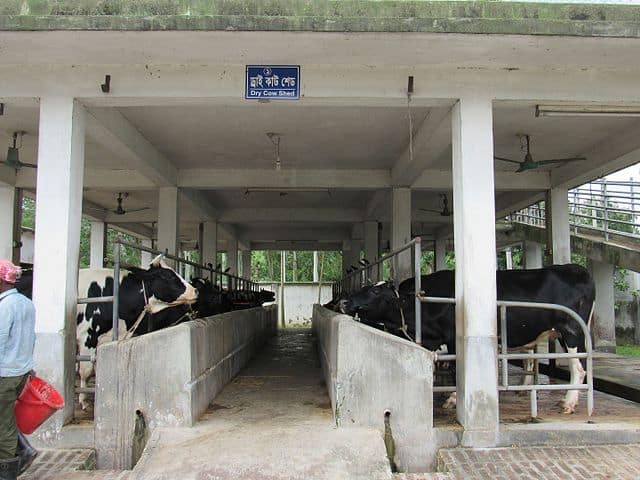The new-age farmers can buy livestock using Kisan Credit Card. The Indian government has taken steps to develop agriculture and animal husbandry on patterns of developed nations.
The Scheme
While farmers can use KCC for availing credit upto 1.6 lacs for agricultural purposes, they can use Pashu KCC for meeting the working capital requirements of animal husbandry and fisheries such as feeding, veterinary aid, rent, labor, electricity charges, etc. This will help to boost animal husbandry business along with providing employment opportunities. Further, advancing the white and blue revolution in the country.
The First State to Launch
Haryana, where per capita availability of milk is second highest after Punjab in the country, became the first state to launch Pashu KCC to provide credit facilities to farmers. The State Level Technical Committee approved the scheme following the guidelines of RBI. Besides, the state government encouraged the farmers to insure their animals to encourage bankers confidence in the scheme. Sunil Gulati, Additional Chief Secretary, Animal Husbandry and Dairy Department, Haryana, confirmed insuring 1.6 lakh animals and issuing 101 Pashu KCC to 101 livestock owners in the state. He further announced the target of issuing cards to 10 lakh farmers by the end of the financial year 2019-20.

How to buy Livestock using KCC?
Farmers can get a loan for Rs 60249 for a buffalo, Rs 40783 for a cow, Rs 4063 for sheep and goat, Rs 16337 for pigs, a year. The amount will be provided in six equal installments on a monthly basis and is to be repaid at the end of one year with a 4% interest per annum. Farmers need to submit an application form to a bank dealing in this scheme along with required documents (PAN card, Aadhaar card, Voter Id, etc).
Eligible To Apply for Pashu KCC
Individual Farmers
Joint Owners of Land
Self-Help Groups involved in a Dairy business
Fisheries either with leased or owned place of business
Poultry either with leased or owned place of business
In conclusion, this scheme will solve the shortage of finance along with increasing farmers income.